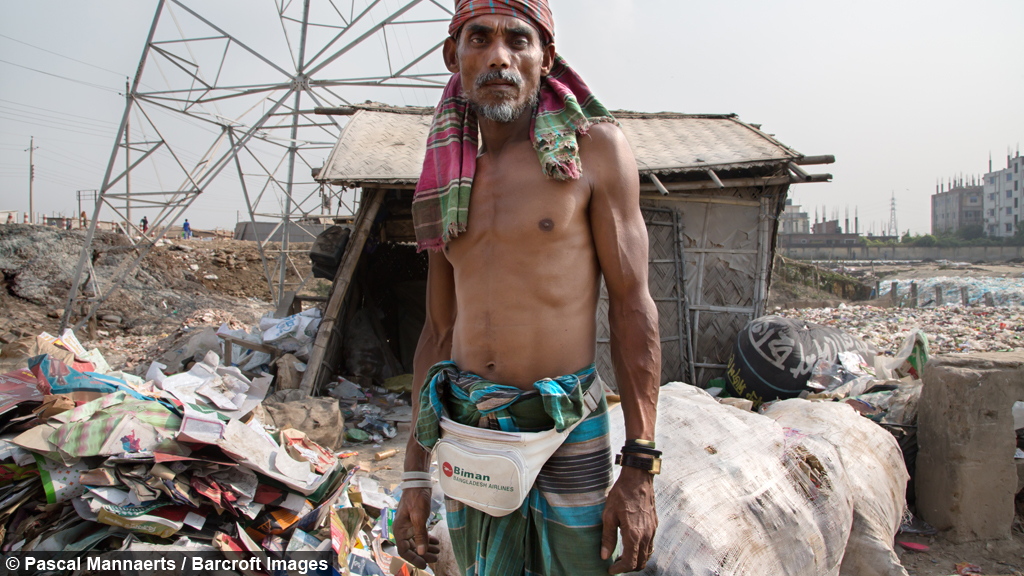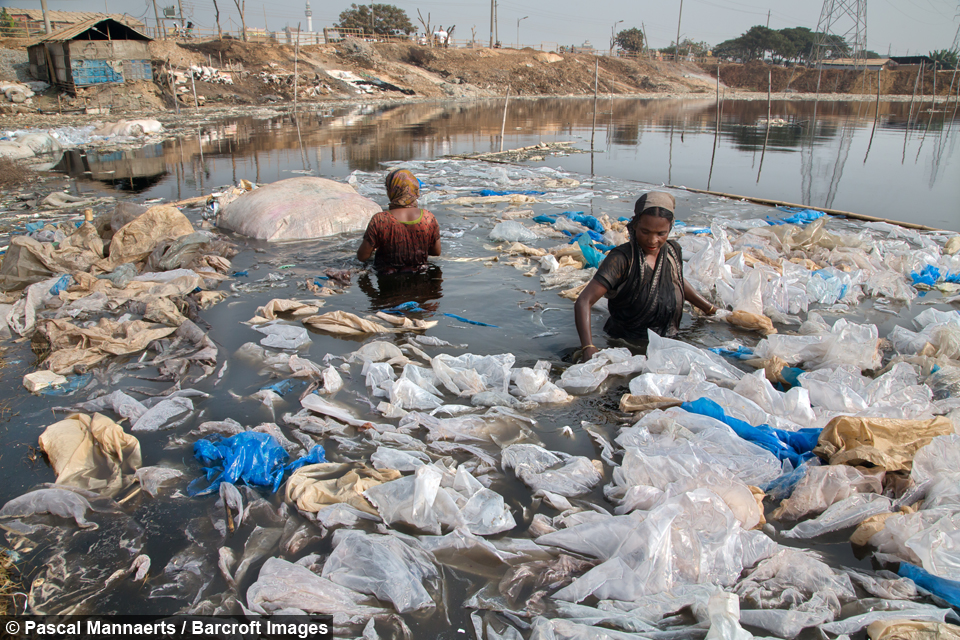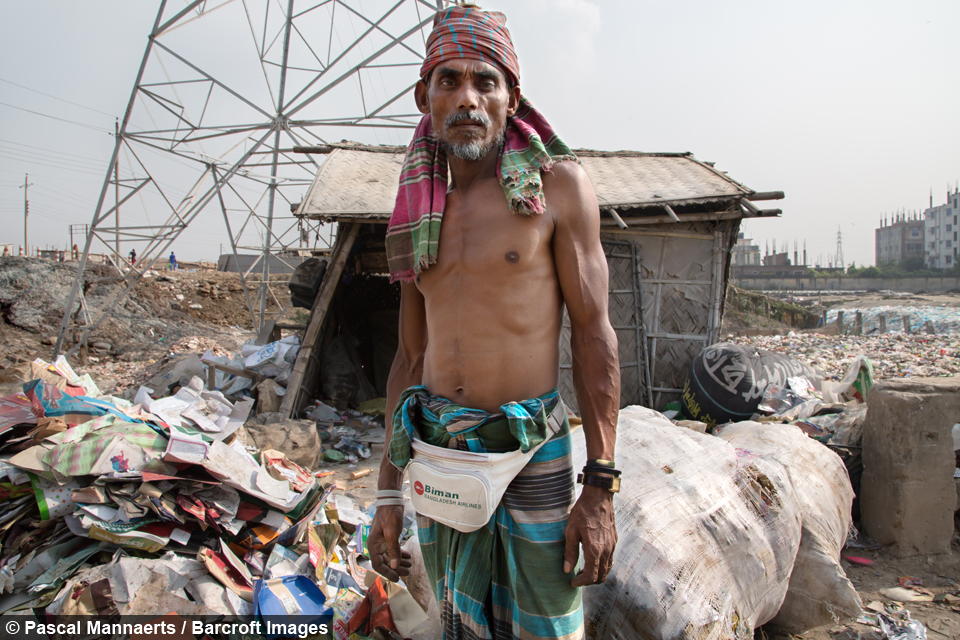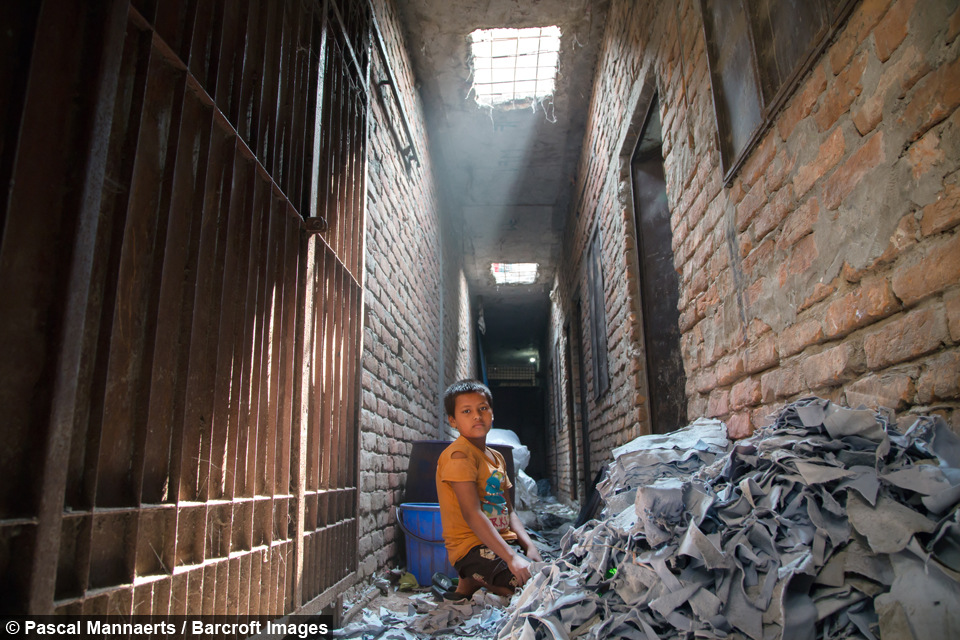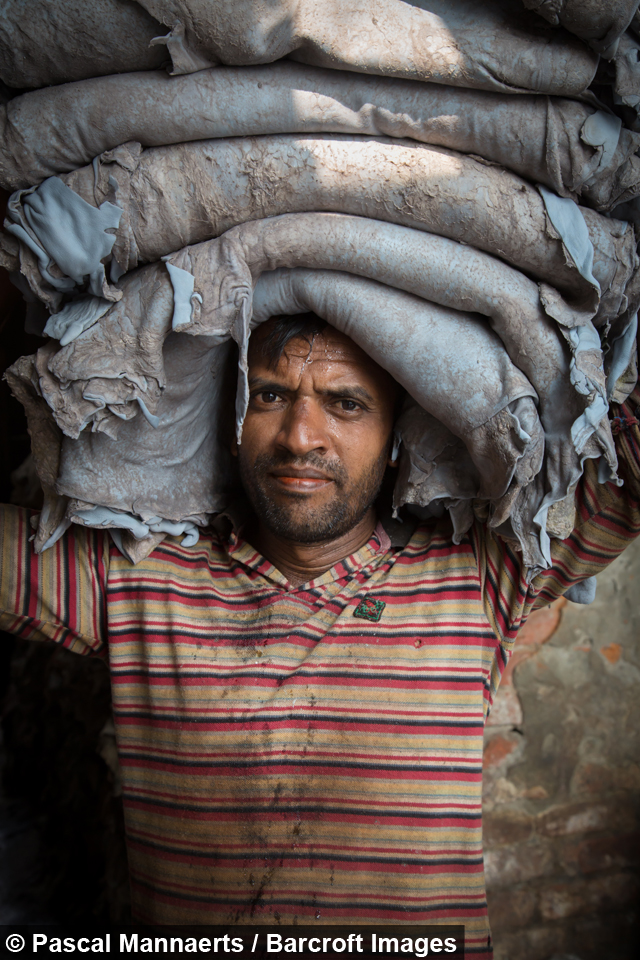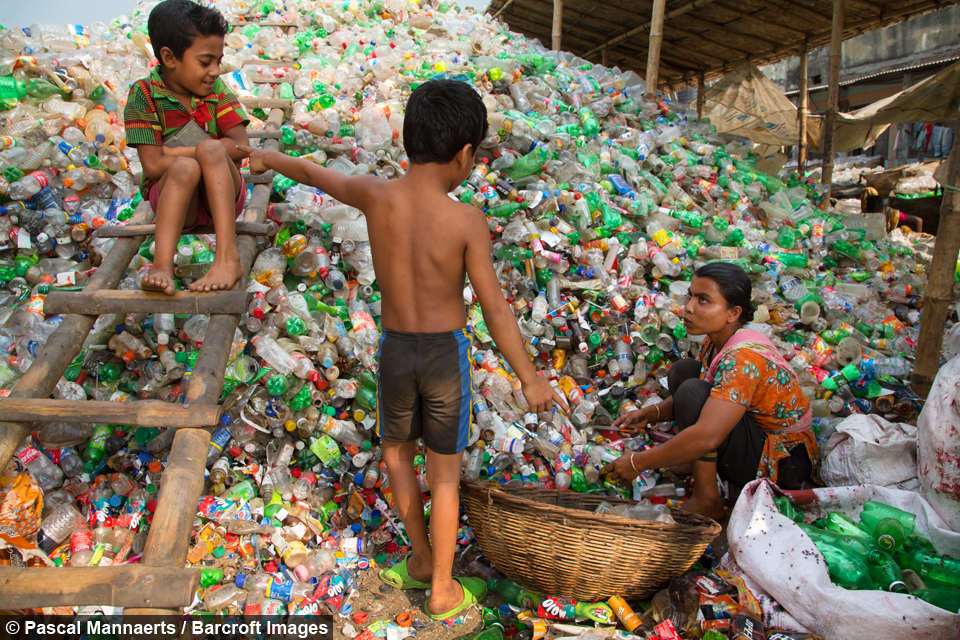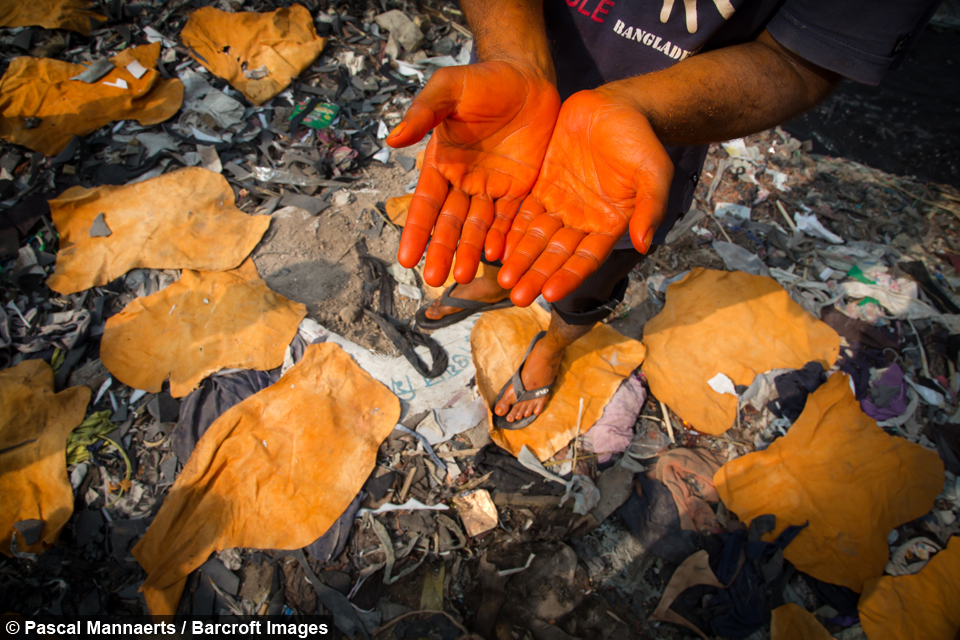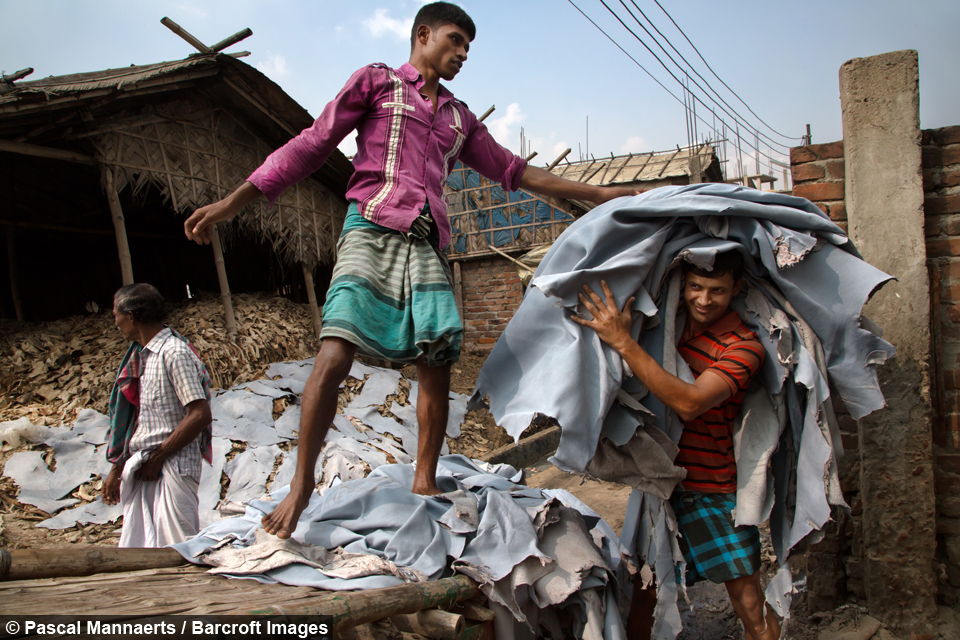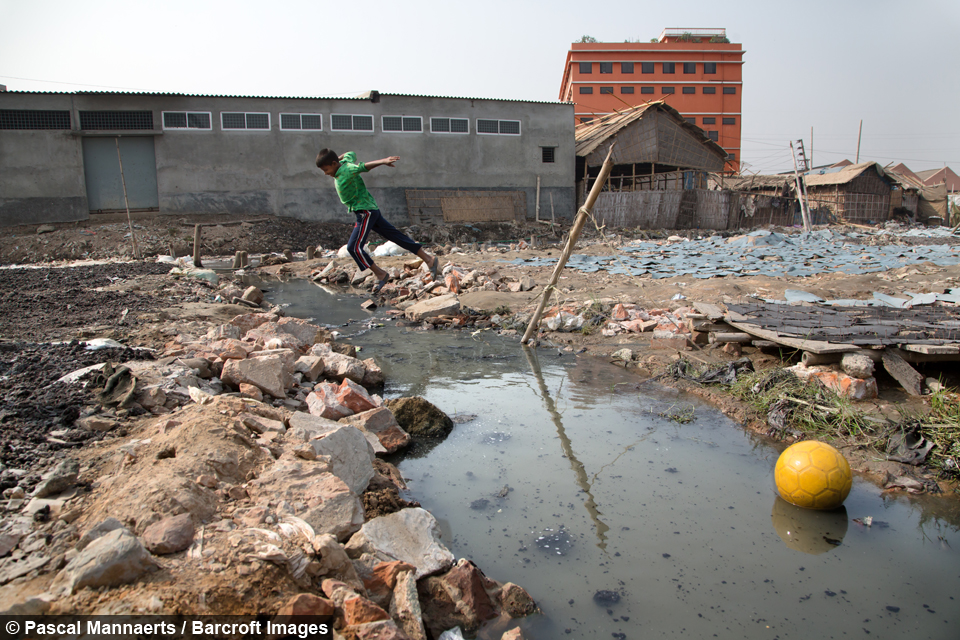Slaves of Hazaribagh: Inside the bleak factories of the most polluted city in the world
By Hannah Stevens @Hannahshewans
Scroll down for the full story
Travel and documentary photographer Pascal Mannaerts travelled to Dhaka, Bangladesh to explore the Hazaribagh area, which houses a vast amount of leather factories and is also one of the most polluted areas in Dhaka.
Following the tragic collapse of the Rana Plaza building in 2013, which killed 1,129 people, Pascal was confronted with the levels of danger faced by factory workers everyday and decided that he had to see it firsthand.
The 38-year-old photographer said: “I will always remember the first day when I arrived there. I was all alone. I did not ask someone to guide me there as I had been in Bangladesh for two weeks already and felt very comfortable with the people.
“I asked the rickshaw driver to drop me in Hazaribagh. He left me in a narrow street between two factories.
“The ground was dirty, muddy, you had some channels with coloured waters running inside.
“The area was chaotic and the sights all around kind of apocalyptic; crumbling buildings, mounds of garbage, smoke in the distance.”
As foreign visitors to the area are a rarity, the workers were surprised to see the Belgian photographer, but eagerly welcomed him inside their factories to capture snapshots of their everyday life.
Pascal found most of the factories were easy to access, but others were carefully guarded by security guards who firmly refused his request to enter.
Pascal said: “The factories are either completely closed and guarded at the entrance by security guards. In other factories, you can enter without problems.
“The workers were always welcoming, humble, friendly, sharing their tea and asking me for cigarettes in exchange.
“They took me inside the factories when they could, when there was no security guard to prevent me from entering, it was like they wanted me, the foreigner, to see what was in there.”
Endless streams of chemicals flow out of the tanneries into the Buriganga river, which is having a devastating impact on the millions reliant on the river.
Although a study by the World Health Organisation (WHO) has alleged that 90 percent of factory workers could die before the age of 50 as a direct result of the bleak working conditions, Pascal did not spot any new safety measures for the struggling workers.
He said: “The area is really dirty and polluted. Leather scraps, dried hides and all kinds of things are in the streets and pile up into small mounds.
“The area is crossed by a series of small water channels with colourful and polluted water coming straight from the factories, and flowing directly into the Buriganga, the main river old Dhaka, with no filter or control.”
Factory workers endure the conditions with little protection and, as a result, often suffer from dermatological and gastrointestinal diseases related to the shameful pollution.
Pascal continued: “The area was extremely polluted, smelly and it was quite hot, so I can say that at the end of the day I was happy to be out of it.
“And at the other hand, how could I have dared to complain even one second after having seen these people working there every day of their life.”
